
Driving Rickshaws Down India’s West Coast
By Jared Shein
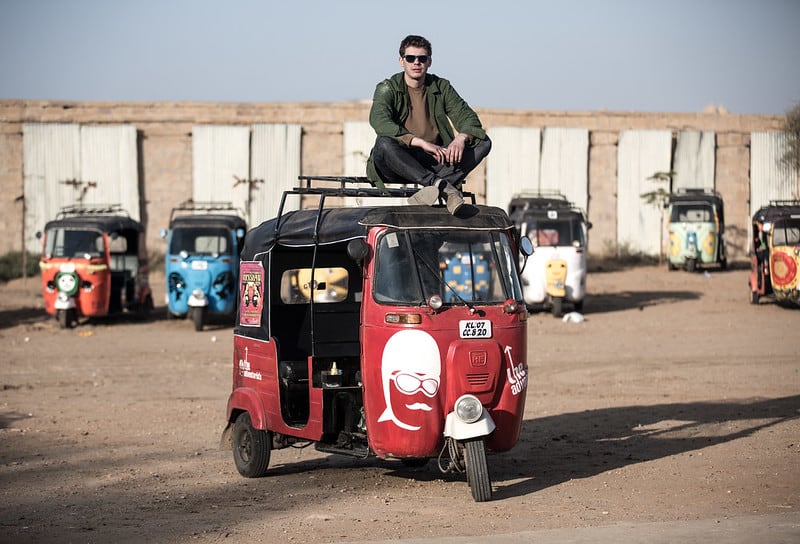
India’s west coast is quite long. At around 3000 kilometers from top to bottom, it is one of the largest coasts in the world and would take anywhere from five to nine hours to fly from Jaisalmer in the north to Cochin the south.
The flights are long and the connections (and there are always connections) annoying.
But what if you can’t fly?
The Rickshaw Run
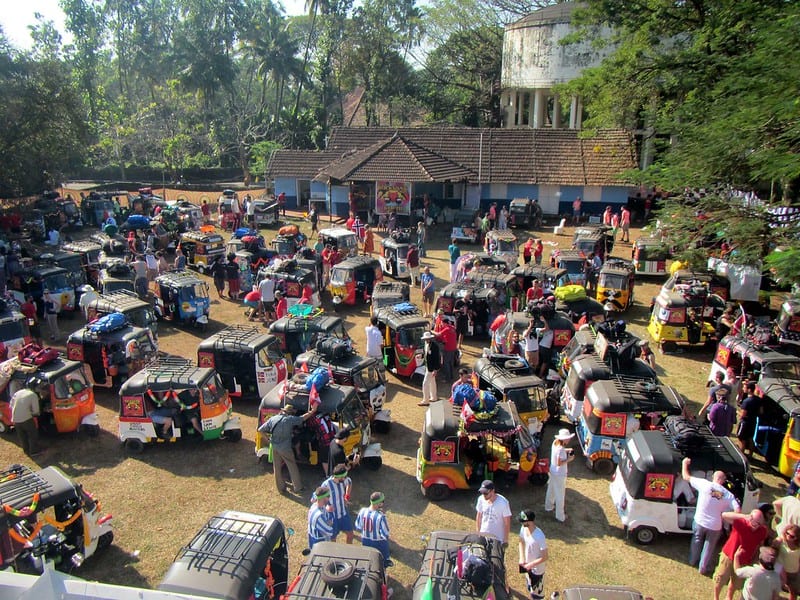
Surprisingly, thousands of people have found the answers to these questions, like every winter, spring, and summer for the past 13 years, around 70 to 80 teams of 1-3 people have participated in The Adventurists’ Rickshaw Run, India.
The Rickshaw run is a two-week-long “race” from northern to southern India (recently it’s been Jaisalmer to Cochin, or Cochin to Jaisalmer), during which your only transportation is a rickshaw.
The Run was started in December 2006 by “Mr. Tom” when the Adventurists founder fell in love with rickshaws and wanted to find a way to incorporate them into an adventure.
Teams pay a 1,995 Euro entry fee (around $2200) for a two-week-long rickshaw rental (plus rickshaw design), the paperwork you need to drive said rickshaw, a quick rickshaw driving and maintenance course, a party before send-off day, and a party at the finish line, but that is it.
After the send-off, you are completely on your own.
For a 3,000 kilometer journey.
In India.
In only a rickshaw.
The Rickshaw Runs of India
According to the Google dictionary, a rickshaw is, “A light two-wheeled hooded vehicle drawn by one or more people, used chiefly in Asian countries.” The name comes from the Japanese word jinricksha which means “human-powered vehicle,” and is also often referred to as a “tuk-tuk.”
The Rickshaw Run makes use of auto rickshaws which “is a motorized development of the traditional pulled rickshaw or cycle rickshaw.”

These small, rickety vehicles are not dependable.
Not at all.
According to The Adventurists website, “They’re not very fast, they smell, they fall over when you go round corners and break down more often than a 3-year-old. A day’s driving feels like you’ve been sat on by an elephant.”
No Seat Belts or Doors
Rickshaw Run 2013 participant Renee Alexander describes her rickshaw (lovingly named rickshaw #1) in a similar manner: “Lacking seat belts, doors, and the ability to go more than a few hundred miles without breaking down, these two-stroke, gas-guzzling auto-rickshaws are designed to take people across town, not cross-country.”
But they do have their virtues.
The open sides and back of the rickshaw immerse you in the scenery, and the frequent breakdowns and malfunctions force you to seek help from local people.
Their rickety nature also encourages teams to forgo crowded highways for more easy-going backroads, that are rife with new, and unexpected experiences.

The “Unroute” Race
The Adventurists call this rickshaw induced backroad travel the “unroute,” and it is encouraged to take your time, use back roads and get lost on purpose.
“The Silver Foxes” (a team made up of 65-year old Bruce Macdonald and his longtime mate Lynton Dellar) experienced their fair share of ‘unroute’ moments.
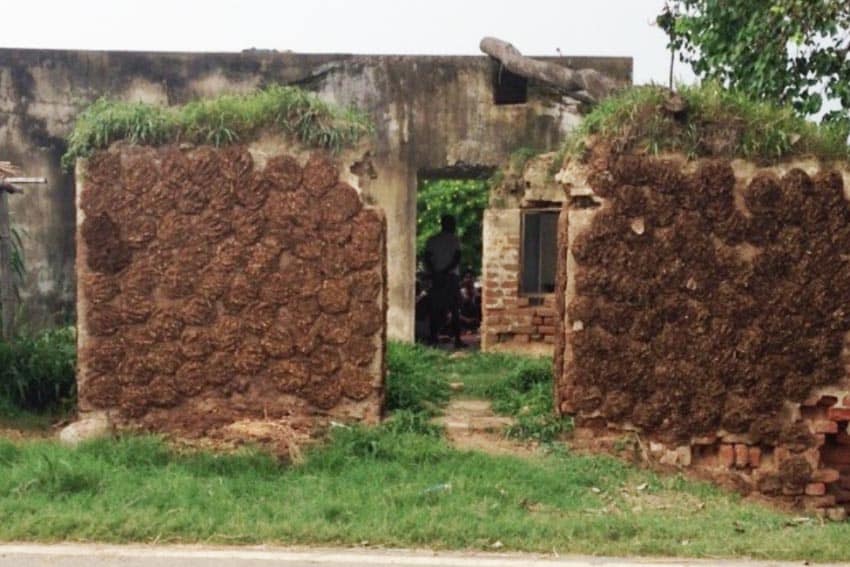
In his Rickshaw Run diary, Macdonald writes of a time when the duo broke down in a small village and were invited to observe a local doctor during his consultations while waiting for repairs.
They also got a sense of the local ‘recycling program’, as they saw the locals repurpose cow manure by drying it out and using it as fuel.
Alexander and her team also encountered unexpected novelty on the unroute. “We actually made a point to skip some of the most popular sites in favor of other, lesser-known sites that interested us personally,” says Alexander.
“The Reading Rickshaws” (Alexanders team, which also featured Vatsal, Gade, and Thuy) ended up skipping the Taj Mahal in favor of other, smaller and lesser-known places, such as Orchha which ended up being one of their favorite places on the journey.
They happened to pass through Orchha during the Ganesh Festival during which, “Locals bring statues (large and small) of Ganesh to the river, decorate the statues with flowers and other offerings, light some candles, say some prayers, and then release the statue into the river to be reborn.”
Danger
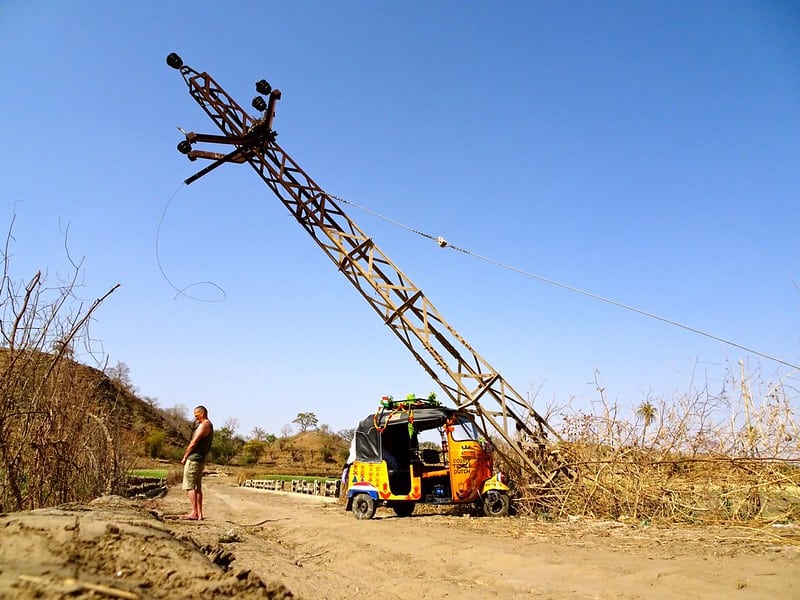
The unroute isn’t always rainbows and butterflies though. Every once in awhile teams find themselves in some pretty serious danger.
The Adventurists website warns, “This is not a glorified holiday, it’s an unsupported adventure and so by its very nature extremely risky. You really are on your own and you really are putting both your health and life at risk. This is what makes them adventures.”
Mike Elhard and his two buddies found themselves in one of these situations just outside of Sanchor. They were at a gas station when a guy walked up to Mike, whipped out a small pocket knife and demanded all of his rupees.
Luckily for Mike, his attacker fled the scene after Mike reached into his backpack and pulled out a way bigger knife.
The size of the rickshaws also makes driving on the highways quite dangerous.

The Reading Rickshaws barely avoided highway catastrophe, as Alexander told me, “Gabe tried to pass two 18-wheeler trucks in heavy traffic by driving between them, shortly after the electrical system cut out and disabled the horn, rendering their rickshaw invisible.
He barely made it through before the two trucks closed the gap. Thuy and I were absolutely terrified at the prospect of having both men on our team killed or injured.”
Breakdowns
It also turns out that rickshaws break down.
A lot.
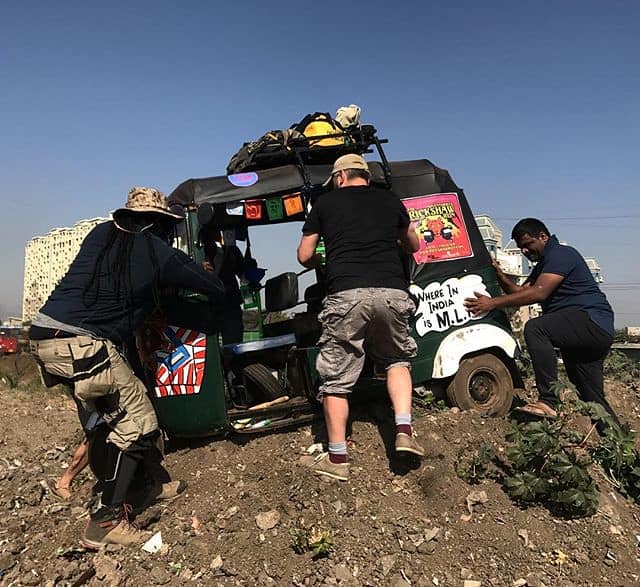
Even if you take precautions.
The Reading Rickshaws have quite the breakdown story.
“We broke down for the third time in one day and had to tow one rickshaw with the other one to find a mechanic,” Alexander begins to tell me.
“We spent the afternoon surrounded by curious locals taking our photos with their cell phones and touching my hair while the mechanic tried to replace a gasket.
He sent a couple of boys on a motorcycle to the auto parts store to buy a new gasket, which didn’t even resemble the broken one. So he called for paper, a pen, and some scissors; traced around the old gasket; and cut out a new one, which he installed.
It worked!”
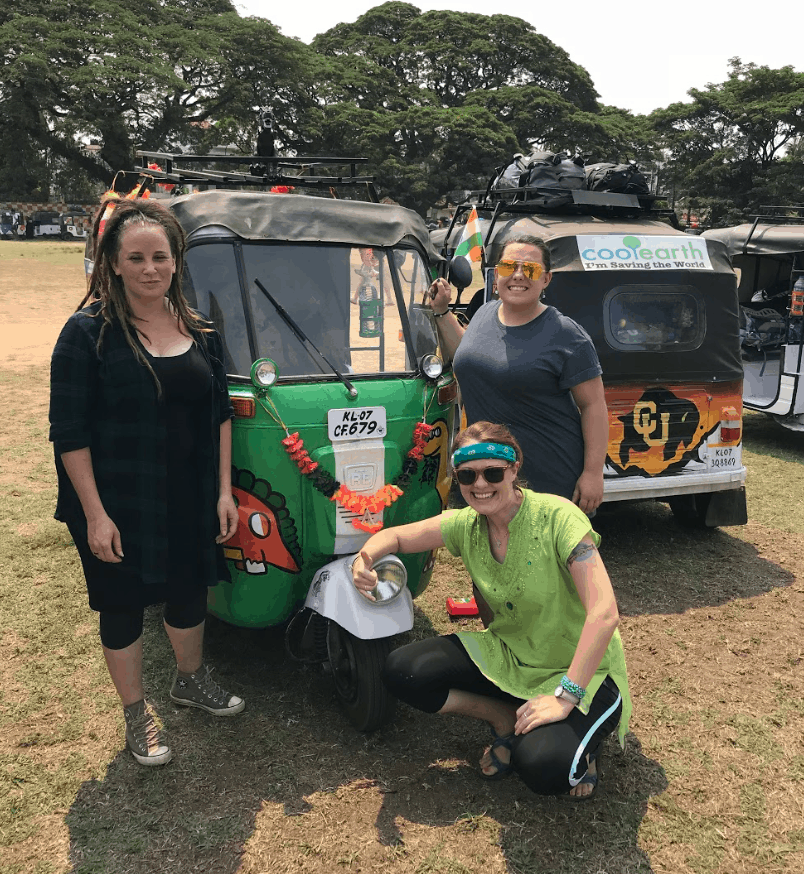
D’Jeane Peters and her teammates Jenny and Jade hatched a plan to try and limit rickshaw breakdowns. The team stopped every hour to let their rickshaw Ducky cool off, but they still broke down multiple times.
But the Silver Foxes take the cake.
On the tenth day of their journey, the silver fox mobile “conked out”.
They waved down a larger diesel rickshaw to tow them to a mechanic, but the mechanic couldn’t figure out the problem.
20 more kilometers of towing later, another mechanic couldn’t figure out the problem, then a third mechanic in a large town (Kakinada) finally told them that they had, “seized the engine when the piston had broken; needs a new piston, cylinder rebore + they have to find the piece of metal that had sheared off – somewhere in the engine!”
Not good news, but things would get worse.
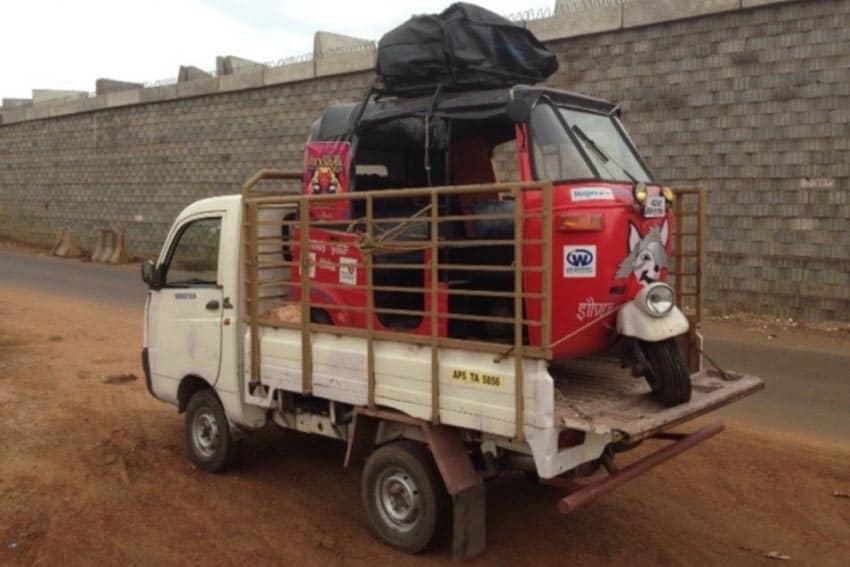
Macdonald writes in his RR diary, “It was early evening Friday and we were told further bad news – Saturday is a public holiday (celebrating India’s independence from Britain in 1947) so no one is working, then same on Sunday. So they would not be able to start on the repair job until Mon 17 and it would take 2-3 days.”
Disaster.
With that much of a hold-up, The Silver Foxes wouldn’t be able to make the finish line in time, so they did the only thing they could. They loaded their rickshaw onto a truck and drove through the horrendous Indian traffic for 48 hours to the finish line.
The Finish Line
The Silver Foxes weren’t the only ones who finished with breaking down a rickshaw. Elhard and his team finished with, “no second gear and no brakes at all,” and Peters and her team, “limped into town with two bald tires and no spare,” but everyone who I spoke to made it, and raved about the experience.
And the cherry on top is the amount of money raised for charity. The Silver Foxes raised $20,000 for their charities, The Reading Rickshaws raised $10,000 for Room to Read and the Rickshaw Run has raised many thousands more for Cool Earth as they have a 500 euro fundraising requirement for every participating team.

Rickshaw Run After Party
The last stage of the Run is always the finish line after-party, where all of the participants get together to have a good time and share their often wildly positive Rickshaw Run experiences.
“It’s the most brilliant thing I’ve ever done,” said Peters summing up the journey, “And I used to get paid to take people on epic adventures in Morocco.”
Macdonald of The Silver Foxes summed up in a similar way. “All in all, a fantastic experience that was shared between 2 very close friends who love India,” he said. “The sights we saw, the people we met, the food we ate – what a hoot!”
For more information about the Rickshaw Run and other adventures, visit The Adventurists website here.
- Vodohod Russian River Cruises: Discover the Soul of Siberia - February 2, 2020
- Adventure Suites: Fun, Unique Lodging - January 28, 2020
- Geotourist: A Tour Guide in Your Pocket - January 24, 2020


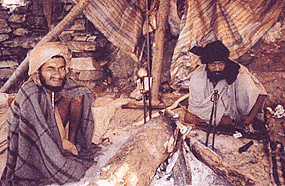

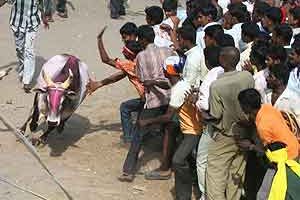

Great blog post! Thank you so much for sharing it. Amazing.
Fethiye activities appeal to all kinds of people and allow you to have fun moments during your holiday in Turkey.
Hi
Thanks for such an info-packed post! I just got started with my travel website after traveling for 20 years around India Toure. It can be tough getting started when no one visits your site after you spend so much time writing and editing photos but even with no traffic, the process of writing out your thoughts and seeing a complete article at the end is really rewarding. I’m aiming to have a website that people can see, enjoy, and benefit from. So it’s super helpful to have your promotion tips and that last bit about hanging in there is encouraging!
Best Tour Operator In Udaipur
wow what an adventure. you never know where you will end up on the sub continent. Those breakdowns sound like fantastic cultural immersion